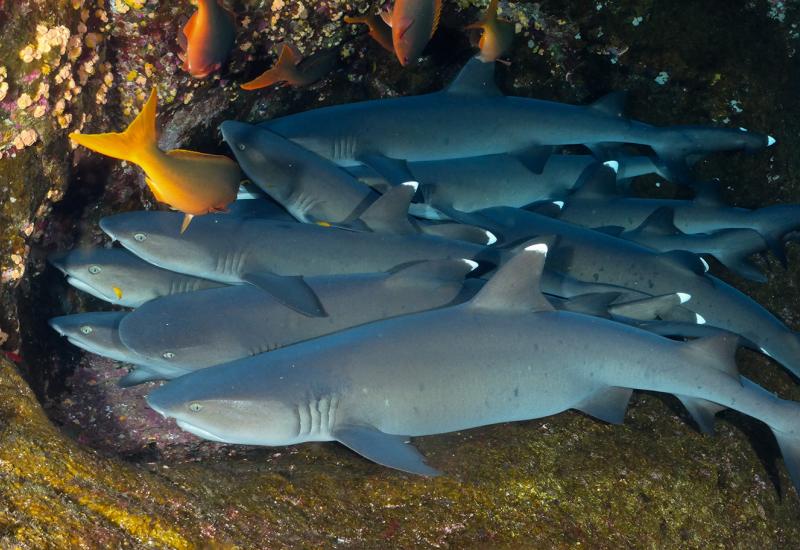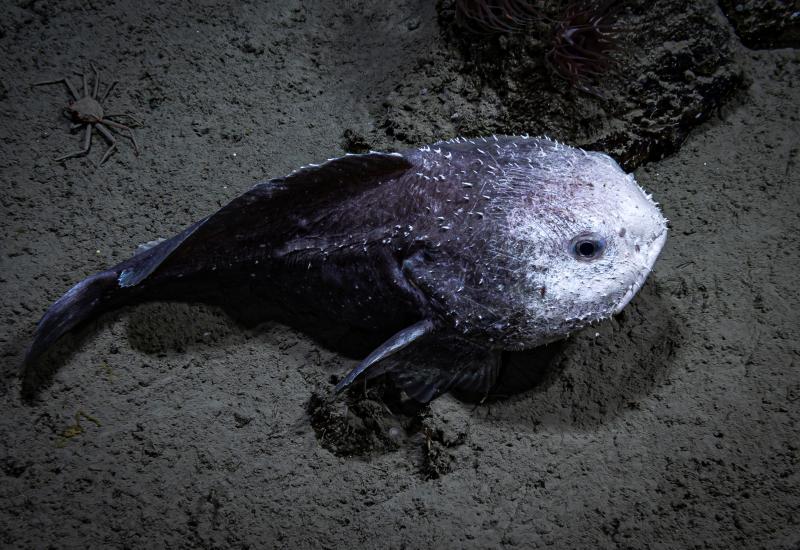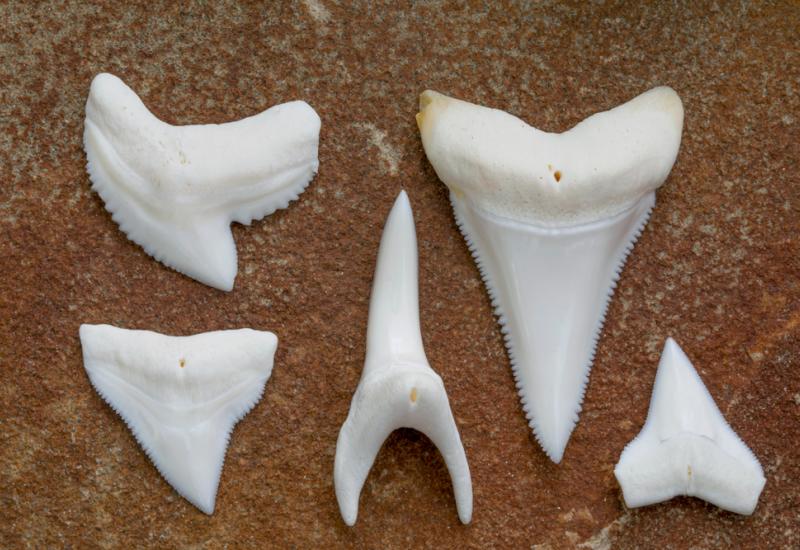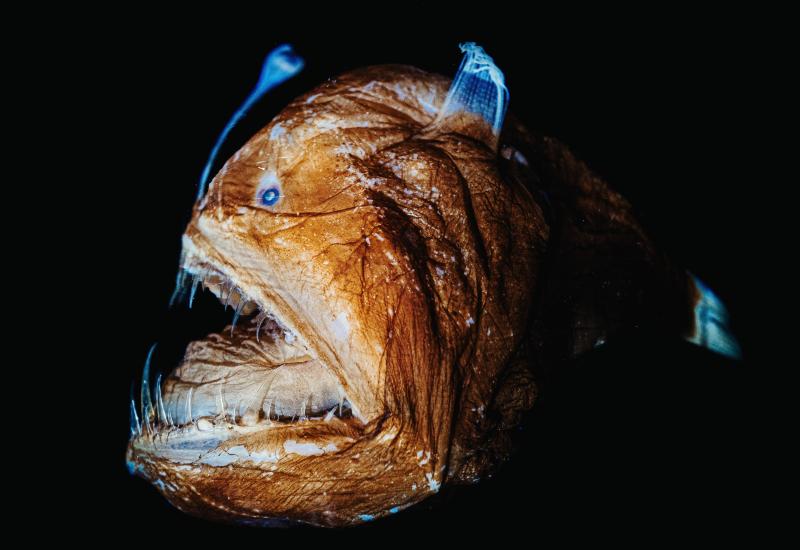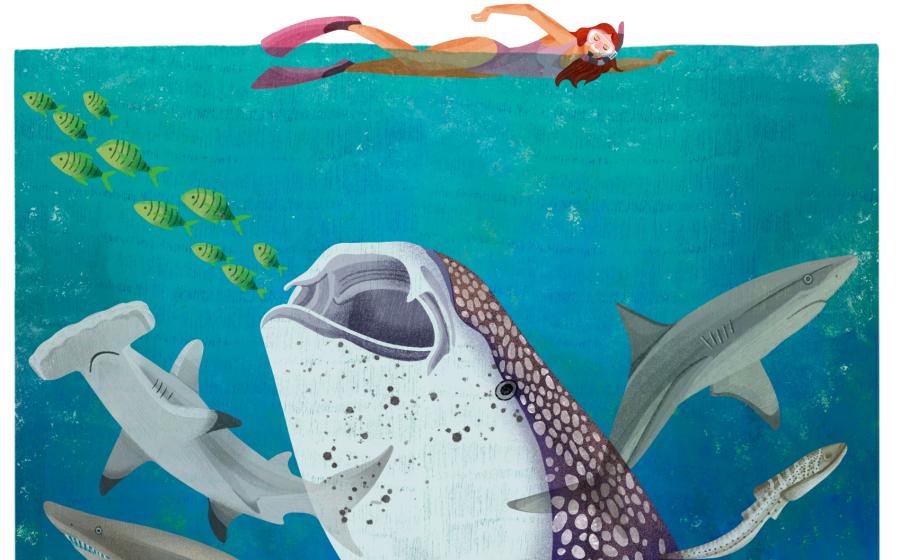Can Trawling be Sustainable?
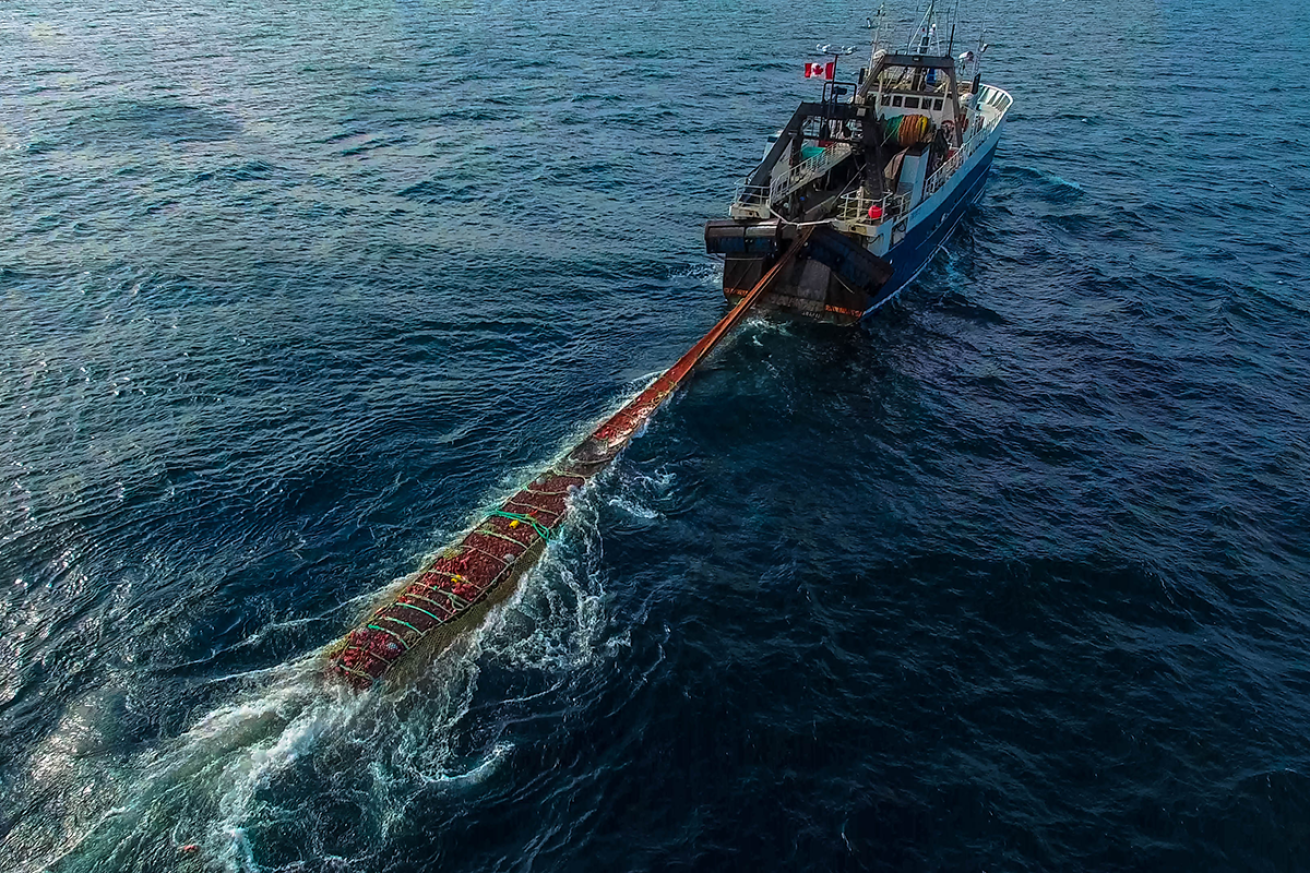
Shutterstock.com/Pacific DroneA trawler drags its net through Canadian waters. The impact this has on the marine environment depends on what’s going on underneath the water, writes Shiffman.
Question: Can fishing with trawls ever be sustainable? — Travis B
Answer: Sure—depending one where it’s done and what equipment is used.
Travis asked about this in reply to my semi-annual plea for non-expert conservationists to stop using “trawling” as a synonym for “unsustainable seafood,” because there’s plenty of harmful unsustainable fishing that doesn’t involve trawling, and there’s plenty of trawling that’s sustainable.
When most people refer to trawling, they’re talking about bottom trawling. This means dragging a large net across the seafloor, often with a heavy weight called a “tickler chain” in front of it.
This can, of course, be extremely environmentally destructive. Bottom trawling in sensitive habitats has been compared to clear-cutting a whole forest to catch rabbits. There are places where we cannot trawl sustainably, and we should not trawl in those places—people were right to be upset when we recently learned that most British marine protected areas allow bottom trawling.
In places without especially sensitive bottom habitat or in places where the seafloor already gets a lot of natural disturbance, however, trawling doesn’t seem to have a major impact on marine communities living on the seafloor.
Another concern with bottom trawling is that it’s relatively not selective, which means it has a lot of bycatch. Scientists around the world are working to reduce this issue, creating tools like acoustic devices to specialized buoys that deter non-targeted species from interacting with fishermen’s gear. Technological modifications to the net can also reduce this impact, such as the turtle excluder devices. These essentially work as a trap door, and a sea turtle is heavy enough to trigger while the target species, shrimp, is not. That modification addressed this issue in the US in the 1990s.
If you’ve only ever heard trawling is always and forever bad, consider increasing the variety of sources of your environmental information. The nuance of questions like these is often lost in media coverage when so often that nuance is key to truly understanding the issue. I have curated a list of credentialed experienced experts who work for reputable organizations and recommend you do the same.
Ask a Marine Biologist is a monthly column where Dr. David Shiffman answers your questions about the underwater world. Topics are chosen from reader-submitted queries as well as data from common internet searches. If you have a question you’d like answered in a future Ask a Marine Biologist column, or if you have a question about the answer given in this column, email Shiffman at [email protected] with subject line “Ask a marine biologist.”
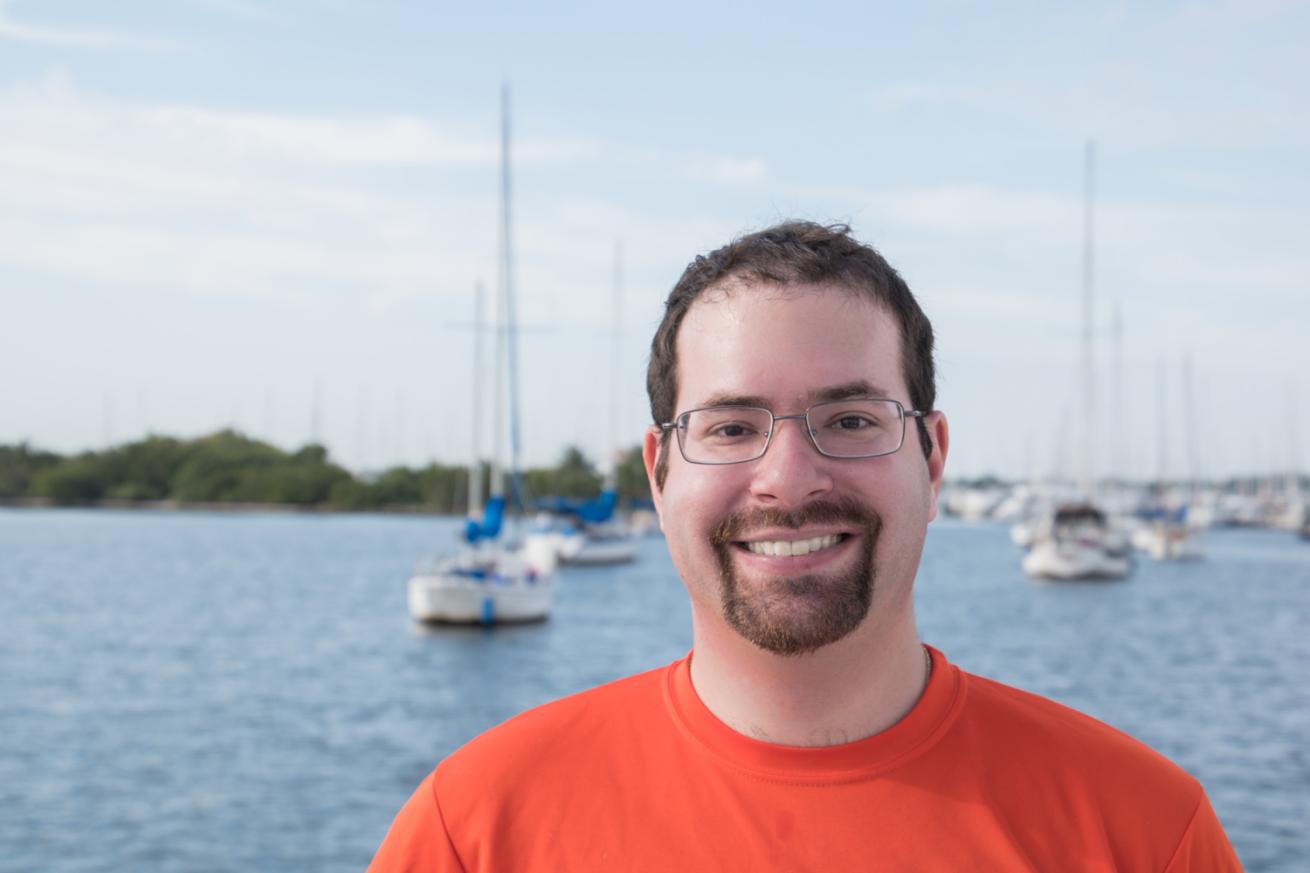
Josh LibermanDr. David Shiffman
Dr. David Shiffman is a marine conservation biologist specializing in the ecology and conservation of sharks. An award-winning public science educator, David has spoken to thousands of people around the world about marine biology and conservation and has bylines with the Washington Post, Scientific American, New Scientist, Gizmodo and more. Follow him on @WhySharksMatter on Twitter, Facebook and Instagram, where he’s always happy to answer any questions about sharks.
The views expressed in this article are those of David Shiffman, and not necessarily the views Scuba Diving magazine.

